Selecting and Buying
-

C 1364-10
Eating Out With Diabetes
NewPeople with diabetes have to make careful dietary choices to maintain healthy blood glucose levels. This is difficult when eating out because you do not control or know exactly how your food is prepared, but this resource covers practical tips from the American Diabetes Association for making smarter choices while eating out, even at fast food restaurants.
Katelyn Miller, Stephanie Benton, Maria Rossi, and Michelle A Parisi
|
-

When you have diabetes, managing your diet is a key part of managing your diabetes, but it doesn’t have to be complicated. Choosing balanced, nutrient-rich meals is key to managing diabetes and promoting long-term wellness. Plan meals around the core principles explained in this resource, which emphasize balance, variety, and nutrient quality.
Michelle A Parisi, Nancy Adams, Brad Averill, and Maria Rossi
|
-
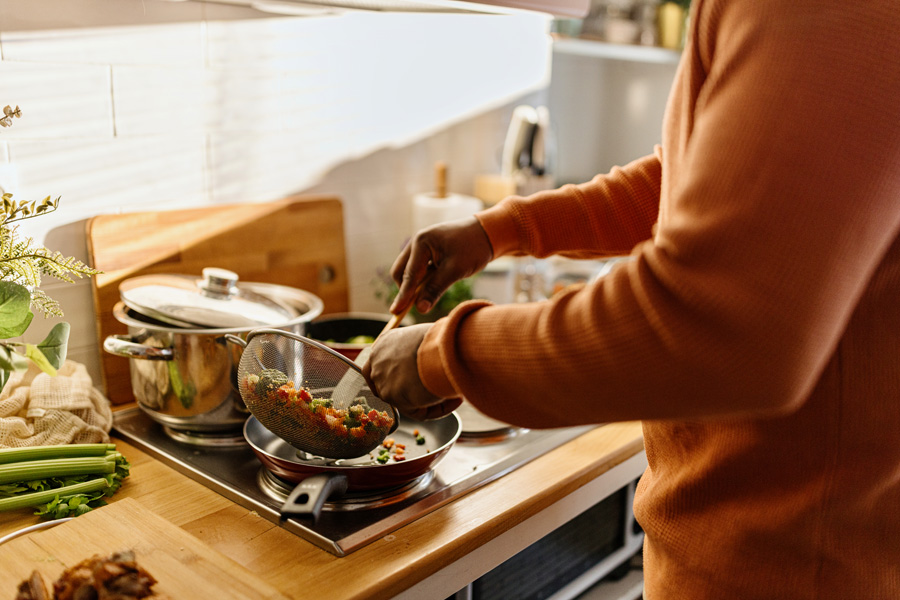
C 1323-04
Understanding the Nutrition Facts Label
The U.S. FDA regulates the Nutrition Facts label on most packaged foods and beverages. This label is a tool that can help you make informed decisions and healthier food choices. Nutrient content claims may describe the amount of a nutrient in a food product or compare it to that of another food product.
Beth Kindamo and Ali Berg
|
-
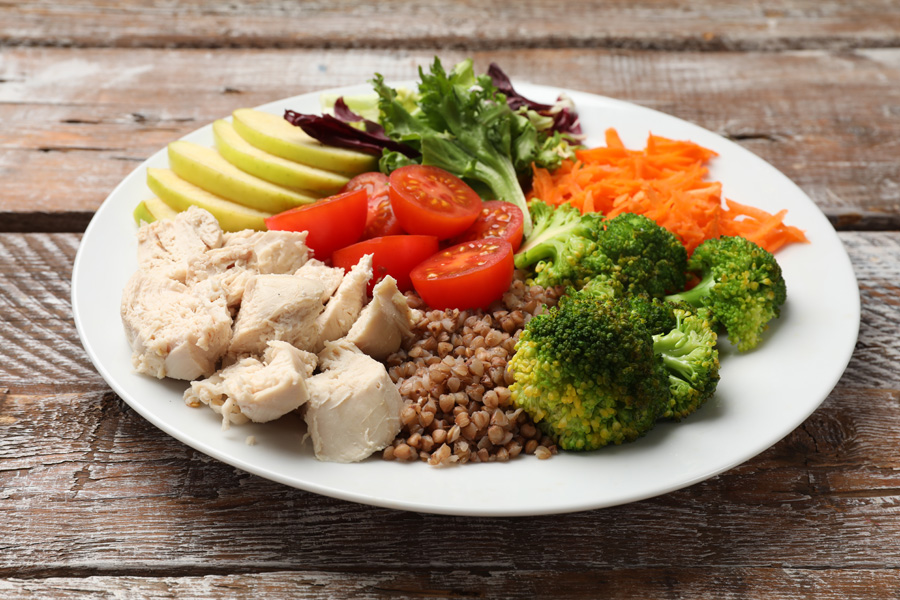
C 1323-06
Diabetes Plate Method
The Diabetes Plate Method is an approach to creating a healthy eating pattern, and it may be used alone or in combination with other tools to help you meet your nutrition and health goals. Research has shown that the Diabetes Plate Method can help people with diabetes lower their A1c, which improves blood glucose management.
Beth Kindamo and Ali Berg
|
-

The body needs sodium, but consuming too much over time can increase blood pressure. Having higher blood pressure increases your risk for heart attack, stroke, and kidney disease. For people with diabetes, high blood pressure can increase the risk of complications from diabetes.
Beth Kindamo and Ali Berg
|
-

This publication provides a clear and balanced comparison of plant-based and animal-based proteins in our food. It looks at the nutritional value, environmental impact, and health effects of each type of protein. The goal is to help readers understand more about these protein sources without saying whether one is better than another—in other words, to inform and educate, giving everyone the knowledge to learn about different dietary options.
Hualu Zhou and Anthony Stevanus Suryamiharja
|
-
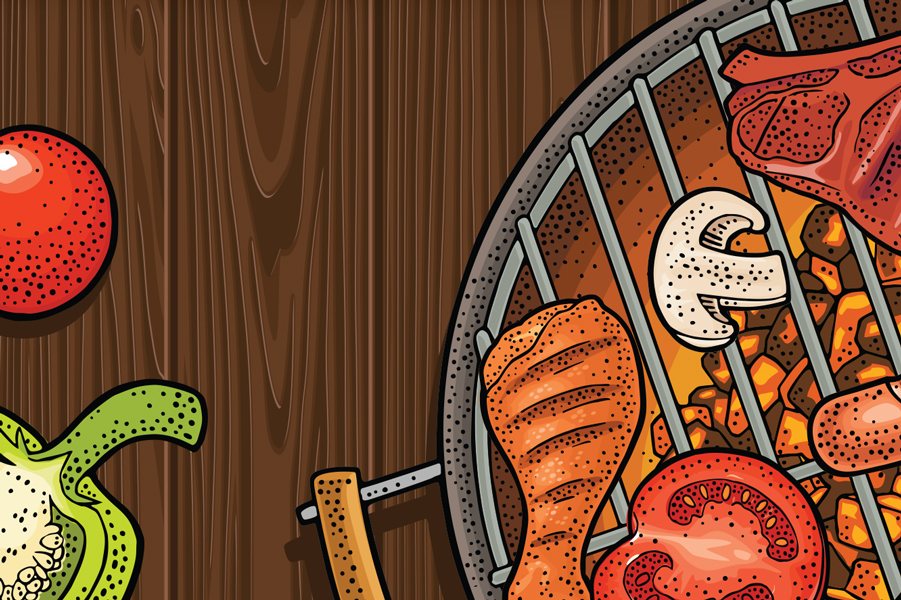
Whether you are a seasoned griller or a beginner, this guide has you covered with the top 10 tips for a safe and delicious experience. Learn how to prevent foodborne illnesses, reduce food waste, and enhance your outdoor cooking experiences. This publication will show you how to keep your friends and family safe, promote sustainability, and ensure a worry-free and enjoyable time while grilling and chilling outdoors. Happy grilling!
Carla Luisa Schwan, Ines Beltran, and Kris Ingmundson
|
-
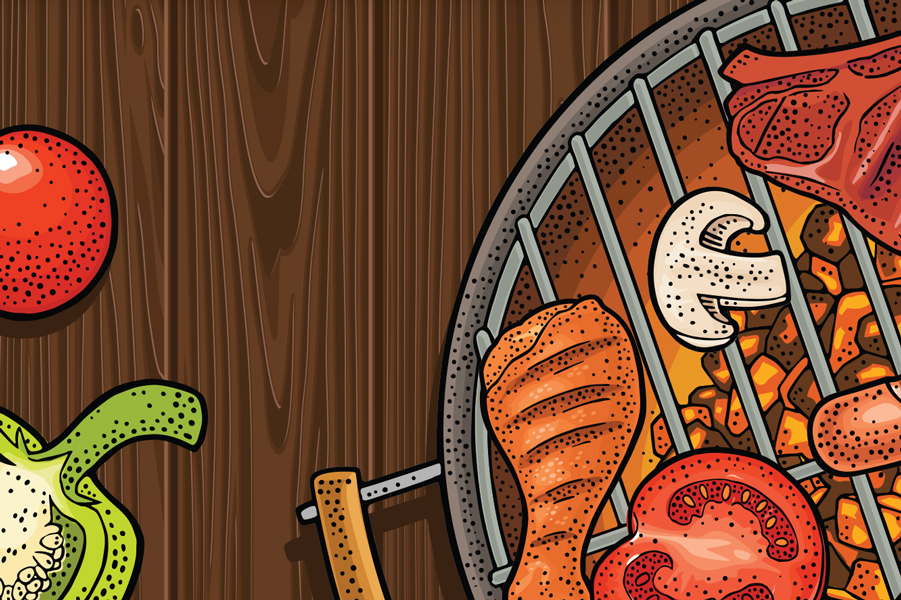
Garantice la seguridad alimentaria durante sus aventuras culinarias al aire libre este verano. Ya sea que sea un asador experimentado o un principiante, esta guía lo cubre con los 10 mejores consejos para una experiencia segura y deliciosa. Desde planificar su menú y comprar ingredientes frescos hasta manipular, cocinar, servir y manejar las sobras, la publicación brinda orientación paso a paso. Aprenda cómo prevenir enfermedades transmitidas por los alimentos, reducir el desperdicio de alimentos y mejorar sus experiencias de cocina al aire libre. Esta publicación le mostrará cómo mantener seguros a sus amigos y familiares, promover la sostenibilidad y garantizar un momento agradable y sin preocupaciones mientras hace parrilladas y se relaja al aire libre. ¡Feliz parrillada! [Spanish-language version of C 1309 Grill & Chill]
Carla Luisa Schwan, Ines Beltran, and Kris Ingmundson
|
-
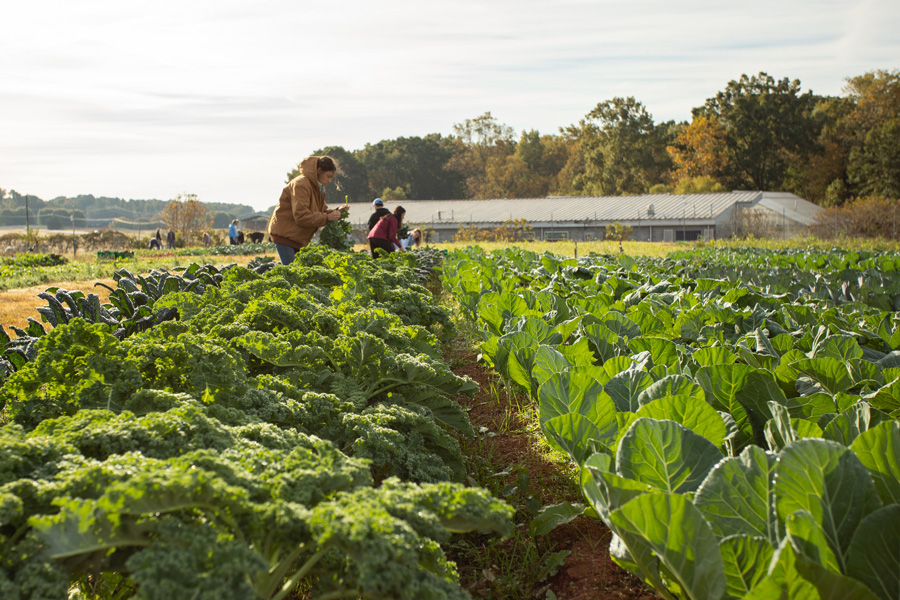
Label terms and certifications can be divided into those that are regulated and those that are unregulated. Regulated label terms and certifications are usually defined by the United States Department of Agriculture (USDA) or the Food and Drug Administration (FDA). Within the USDA, the Food Safety and Inspection Service (FSIS) is the agency responsible for the truthful labeling of meat and poultry products. The use of labels and certifications is governed by law and violations of use can have legal consequences. Unregulated terms have generally accepted definitions but do not have legal ramifications or verification of adherence. Many common label claims, such as “humanely raised” or “sustainably farmed,” refer to the process used to farm livestock but are unregulated, and there are no legal definitions for these claims. This publication summarizes some common regulated and unregulated terms in agriculture and livestock production.
Julia W. Gaskin and Amanda Tedrow
|